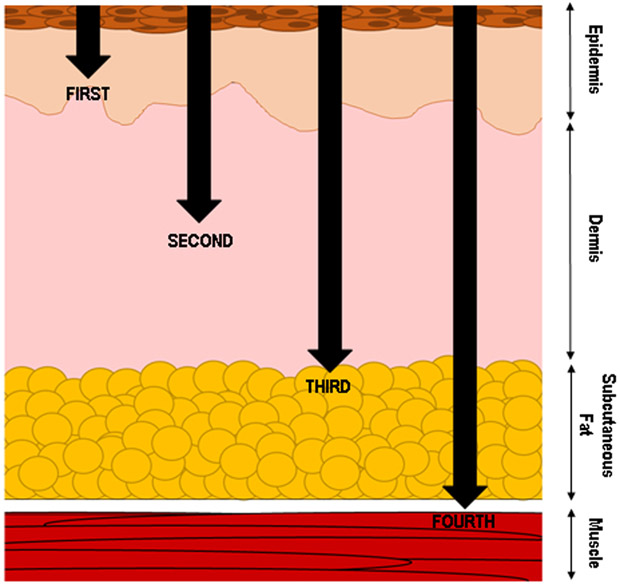Figure 1. Categorization of burn wound injury.
In addition to wound size, the depth of tissue affected by burn injury contributes to the wound categorization, treatment and patient outcomes. Burn that are restricted to the epidermis are considered superficial and categorized as first-degree burns. Second-degree burns are partial thickness injuries that penetrate varying depths below the epidermis and into the dermis. Once the burn injury penetrates the entire dermal layer and begins to effect the subcutaneous fat layer, the injury is classified as a third-degree burn. These are considered full-thickness burns and result in the destruction of nerve endings which make the wound pain-free. However, burns of this depth require careful management and surgery to support healing and prevent wound infection. A burn that penetrates further and damages the underlying muscle, and even bone, are classified as fourth-degree burn. An injury of this severity often results in permanent damage to the tissue and possible amputation of the injured area.

